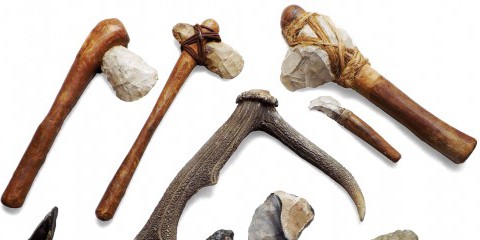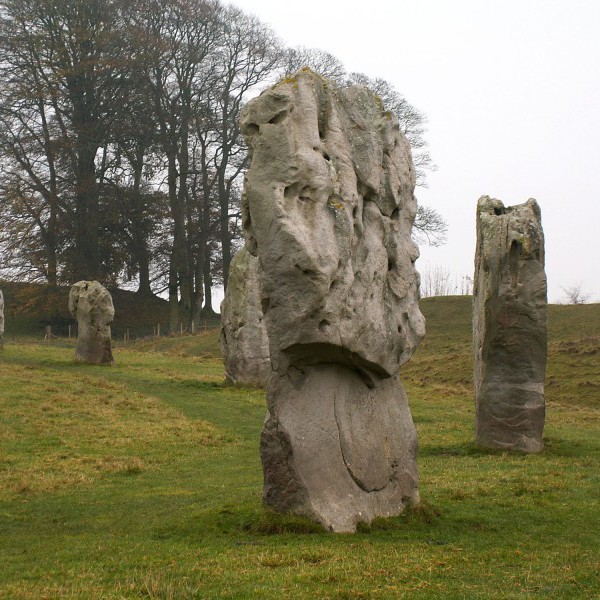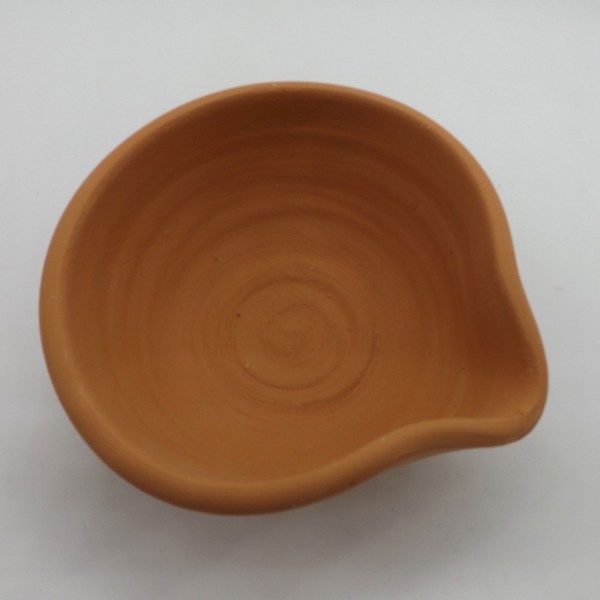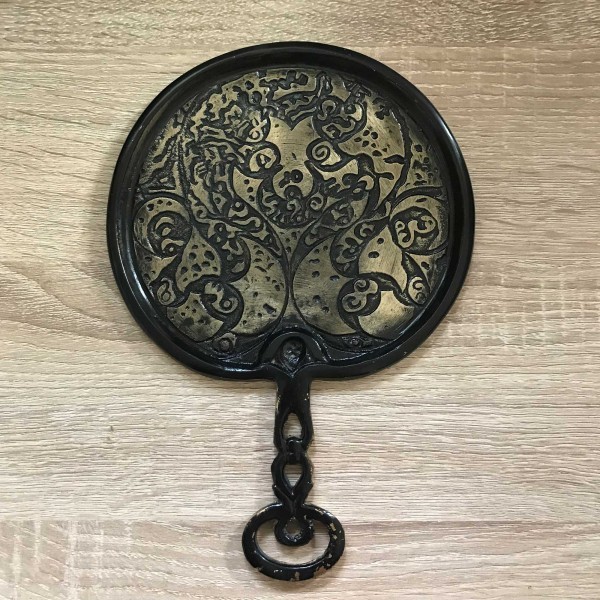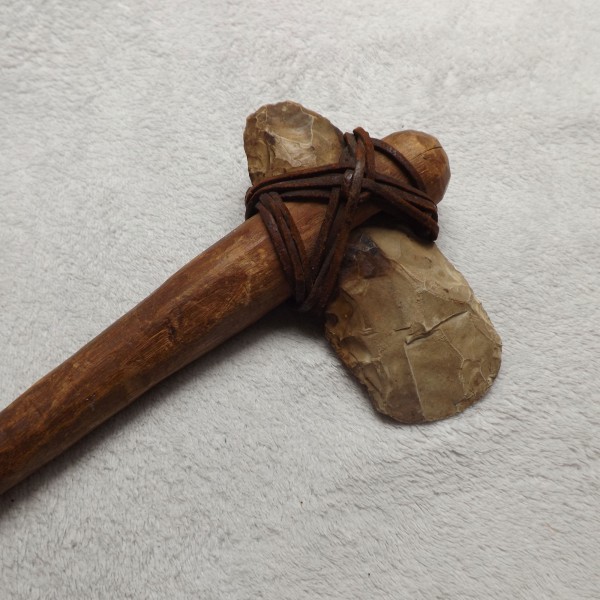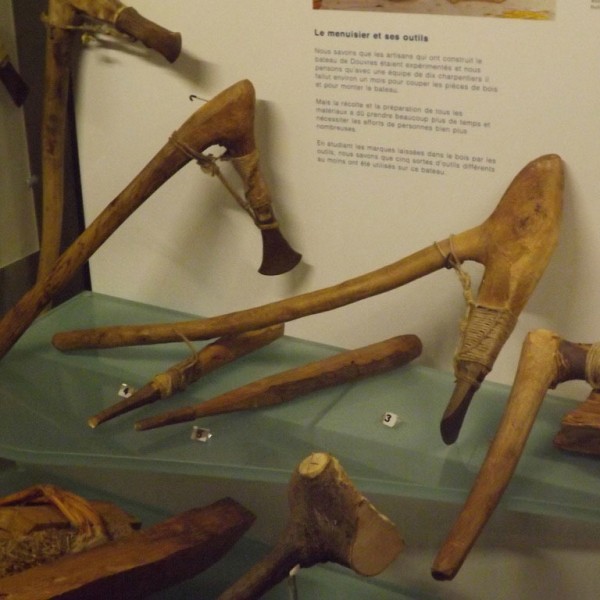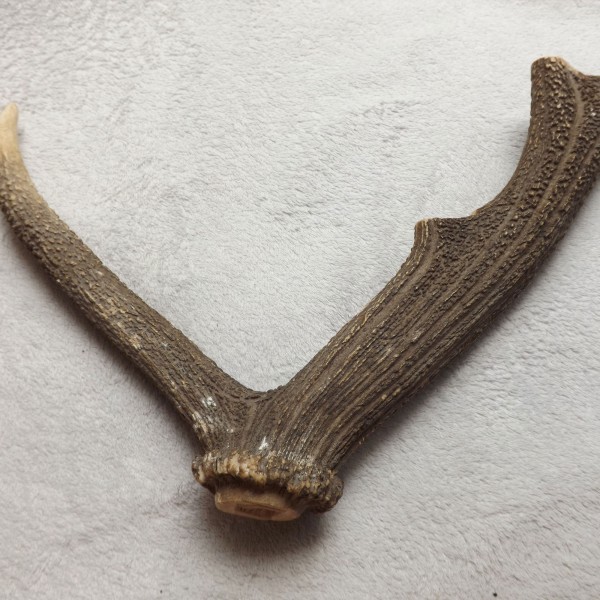Britain has one of the most fascinating prehistoric pasts of any country in the world. For a tiny island the evidence of our ancient ancestors is all around us.
Worked flint, hill forts, stone monuments and traces of long abandoned villages have all been found and can give plenty of clues to show what life would have been like.
During this Topic Day, students will be able to handle real prehistoric artefacts from local excavations and investigate what life was like before written records began.
